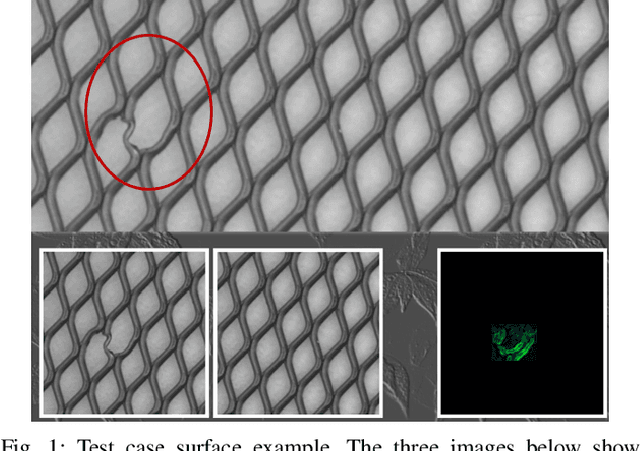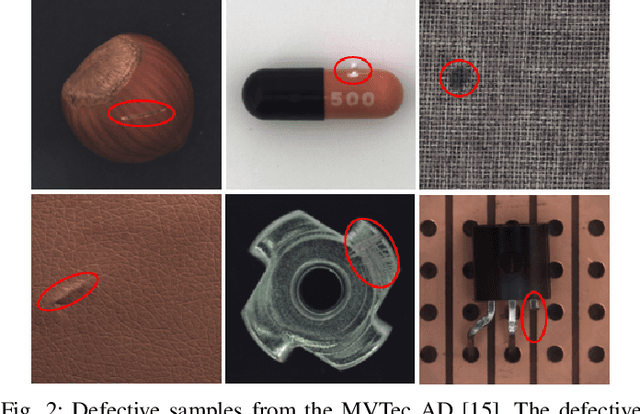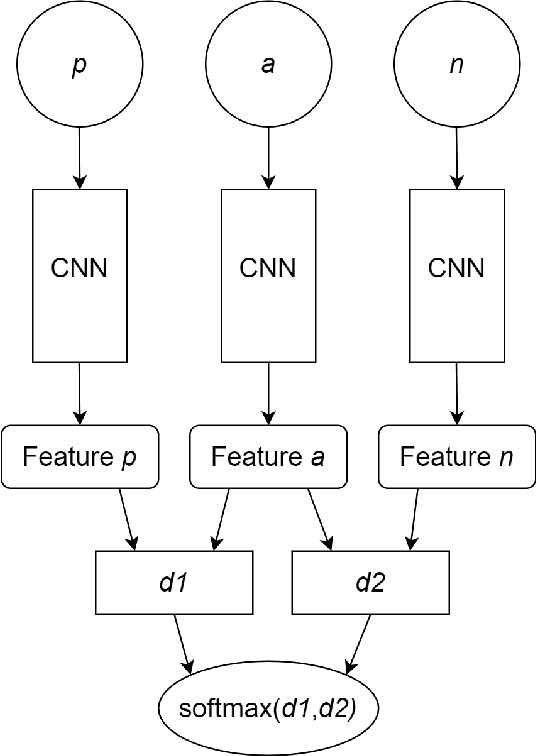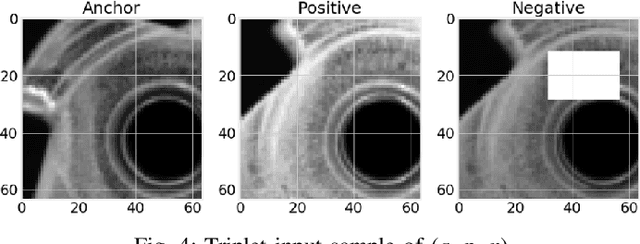Distance-Based Anomaly Detection for Industrial Surfaces Using Triplet Networks
Paper and Code
Nov 10, 2020



Surface anomaly detection plays an important quality control role in many manufacturing industries to reduce scrap production. Machine-based visual inspections have been utilized in recent years to conduct this task instead of human experts. In particular, deep learning Convolutional Neural Networks (CNNs) have been at the forefront of these image processing-based solutions due to their predictive accuracy and efficiency. Training a CNN on a classification objective requires a sufficiently large amount of defective data, which is often not available. In this paper, we address that challenge by training the CNN on surface texture patches with a distance-based anomaly detection objective instead. A deep residual-based triplet network model is utilized, and defective training samples are synthesized exclusively from non-defective samples via random erasing techniques to directly learn a similarity metric between the same-class samples and out-of-class samples. Evaluation results demonstrate the approach's strength in detecting different types of anomalies, such as bent, broken, or cracked surfaces, for known surfaces that are part of the training data and unseen novel surfaces.
 Add to Chrome
Add to Chrome Add to Firefox
Add to Firefox Add to Edge
Add to Edge